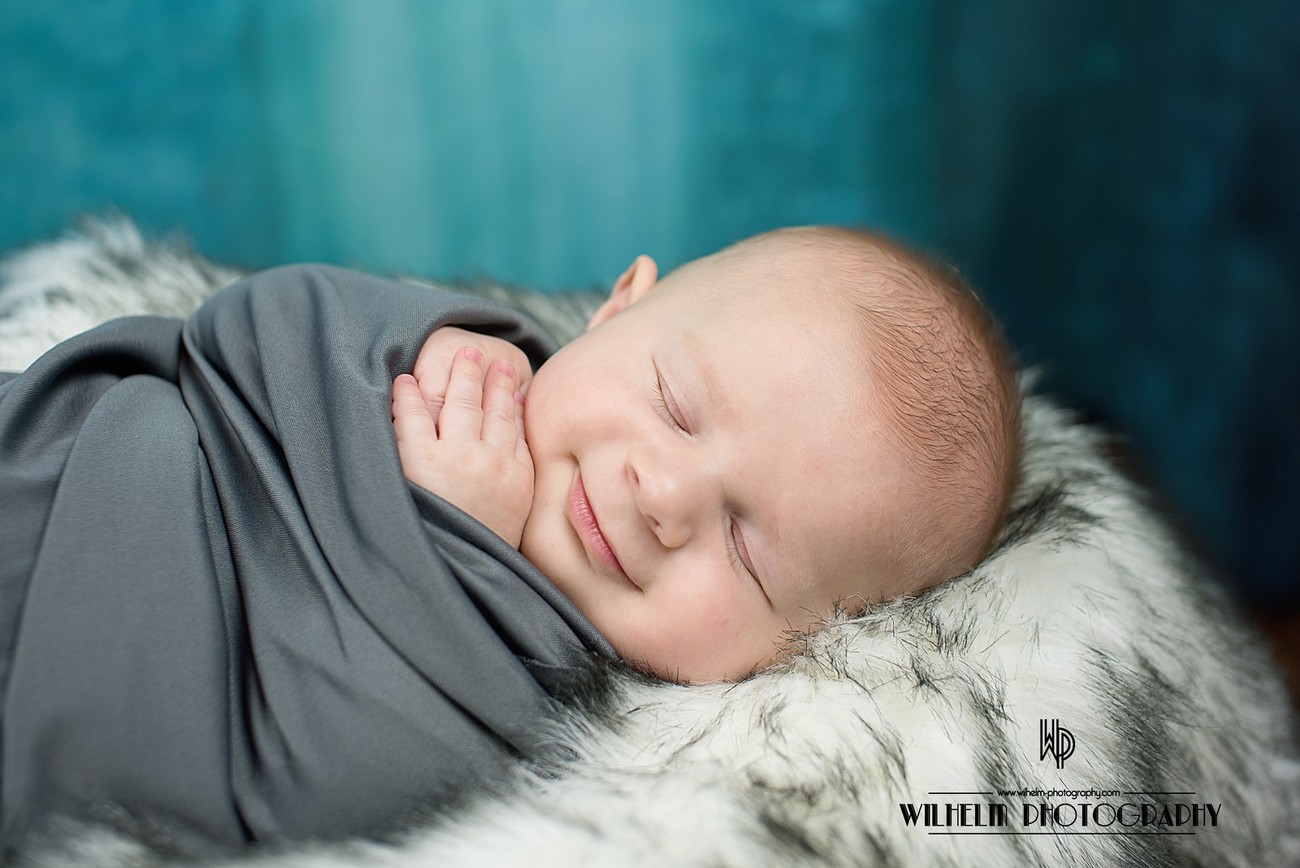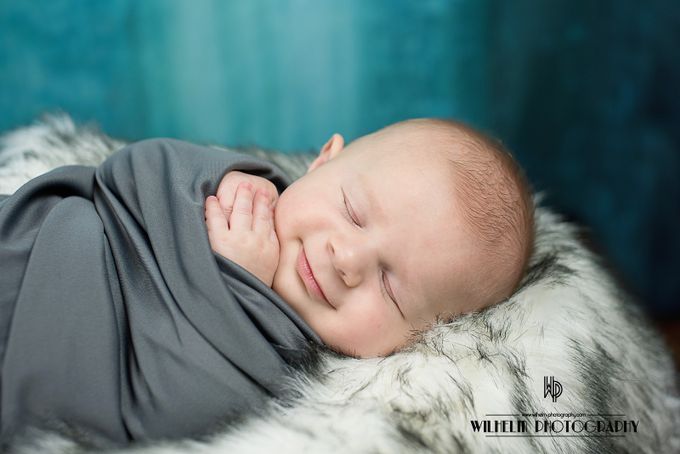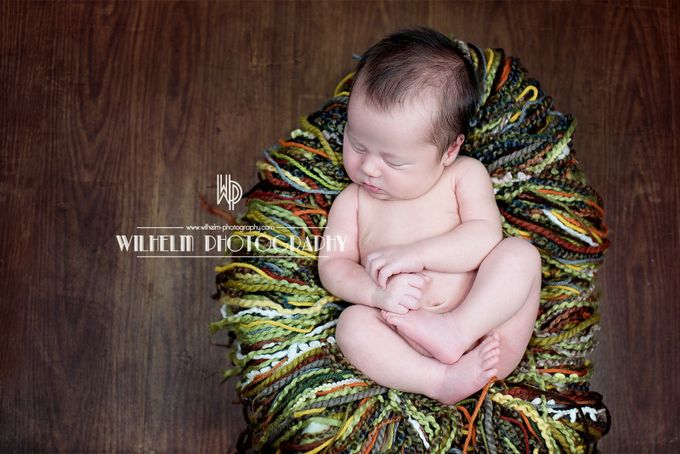ViewBug community member Tonya Wilhelm of Wilhelm Photography shares her top photography tips. Professional photographer and editor. Tonya specializes in Senior and Newborn Photography. Her hobbies and personal projects are macro work and fantasy style fine art. She has photographed book covers. Her portfolio is a mix of subjects, but my rich colors and dramatic style permeate throughout her entire body of work.
1. Safety First.
A newborn’s safety should always be the first priority during a session. In a time of photo composites and whimsical props, it is important to know how to create a shot without putting a baby in a situation where there is any danger. Mom and/or photographer should always be close by and in arms’ reach of the baby. The baby should always be protected from any prop or piece of equipment that might shift, tilt, or fall. ! It is also essential that the newborn is properly supported. Skilled newborn photographers often post composite shots with babies resting their heads in their hands or hanging loosely in hammocks. These and many other similar images are post- production tricks. It is easy to assume that viewers would know that images are manipulated these days, but that is not always the case. I announce on every altered image I post, “This is a composite; baby’s safety was not at risk,” to keep amateurs and parents who might want to “try it at home” from putting their baby in a position that would be unsafe just because they saw it on Facebook.
2. Newest of Newborns.
I have photographed babies of all ages . To achieve the perfectly posed, sleeping images with the most ease, I have found the first ten days of life to be the magic window for success. The ten day point is often the time for the first growth spurt. It means longer periods of eating and awake time. I do love getting an open eye “awake” photo now and then, but awake has its own set of challenges. A newborn does not have full eye muscle control so cross-eyed photos become an unflattering occurrence if you are lucky enough to even interest the newborn in making eye-contact. A sleeping baby is likely to keep hands still and be easily posed and dressed with the fewest interruptions.
3. Temperature Control.
When families are coming to my studio for a session, I remind them to dress in layers. I keep my newborn studio temperature around 80 degrees. That might seem really hot to you, but to a newborn who is wearing only a swaddling wrap or nothing at all, it is the right temperature to stay sleepy through all the moving and posing. I often use a space heater to provide the extra heat right near the posing area and also add a bit of white noise. The combination of the heat and blowing sound helps to keep baby dreaming through most of the session.
4. Comfort All Around.
Newborns aren’t the only ones who should be comfortable during a newborn session. New moms are often exhausted, recovering physically, and emotionally spent. Whether they come to my studio alone or with husband and other kids in tow, I try to make the environment as relaxed as possible. A nursing mom needs a private comfortable space to sit while waiting and comforting her newborn, and I have a changing table with supplies in case Mom forgot anything. I make sure that everyone is offered water, tea, and coffee--moms are extra thirsty when nursing. I also have toys for young siblings who may need to be entertained while the newest member of their family is being photographed.
5. Perfect Baby Skin.
Often mothers admit that they didn’t schedule a newborn session because their baby didn’t have that “perfect baby skin.” Just like in other portrait photography, I retouch baby imperfections, too. I am an artist, and romanticizing my subjects to a more flawless state is part of my art. Dry scaly skin, small bruises, and baby acne are common, but fleeting. If it is a non-permanent mark such as a blemish, I smooth it out in post production. Moles, birth marks, and scars are lasting features that I include in the photo unless a parent specifically requests it is removed. Parents want to remember the cute as a button nose, rosy cheeks, round toes, and graceful lashes. The idea behind retouching a newborn is to make sure the minor flaws that will be gone in a few days don’t detract from the perfect memories Mom and Dad already have in their minds.
6. Baby Calls the Shots.
I try to plan for every session. I find out nursery colors, consider any favorite props that mom has mentioned, and lay out seasonal colored blankets and accessories that I am hoping to use, but sometimes the newborn changes the plan. Occasionally I get a baby that just doesn’t fit comfortably in the props I had hoped to use. Other props require the baby to lie on his or her stomach. If tummy time isn’t agreeable with the newborn, I will throw out the idea completely if it causes too much crying. It is not worth giving up the time you might waste on one shot when you could be making several other great images in a position that is comfortable for the newborn. Textures can also be a problem; if a baby doesn’t like the feel of a fur, lace, or wrap I move on to something else. It is your job as the photographer to be patient and work with the needs of the baby. If you expect the baby to fit your mold, it will be a frustrating experience for everyone involved.
7. Extra Tip: Create Beautiful Art.
Newborns are adorable all on their own, but that doesn’t not mean you don’t have to use your creative eye. You cannot assume that a sweet baby will carry a poorly lit or un-composed image. A perfect subject does not necessarily make a perfect portrait. A beautiful newborn shot should be an artistic arrangement of light, composition, lines, and focus just like any other subject. When you create a truly inspiring newborn image, it will touch the hearts of more than just the baby’s family. It will become art that even strangers appreciate.
Follow Tonya Wilhelm on ViewBug, Instagram, Facebook and her blog.









